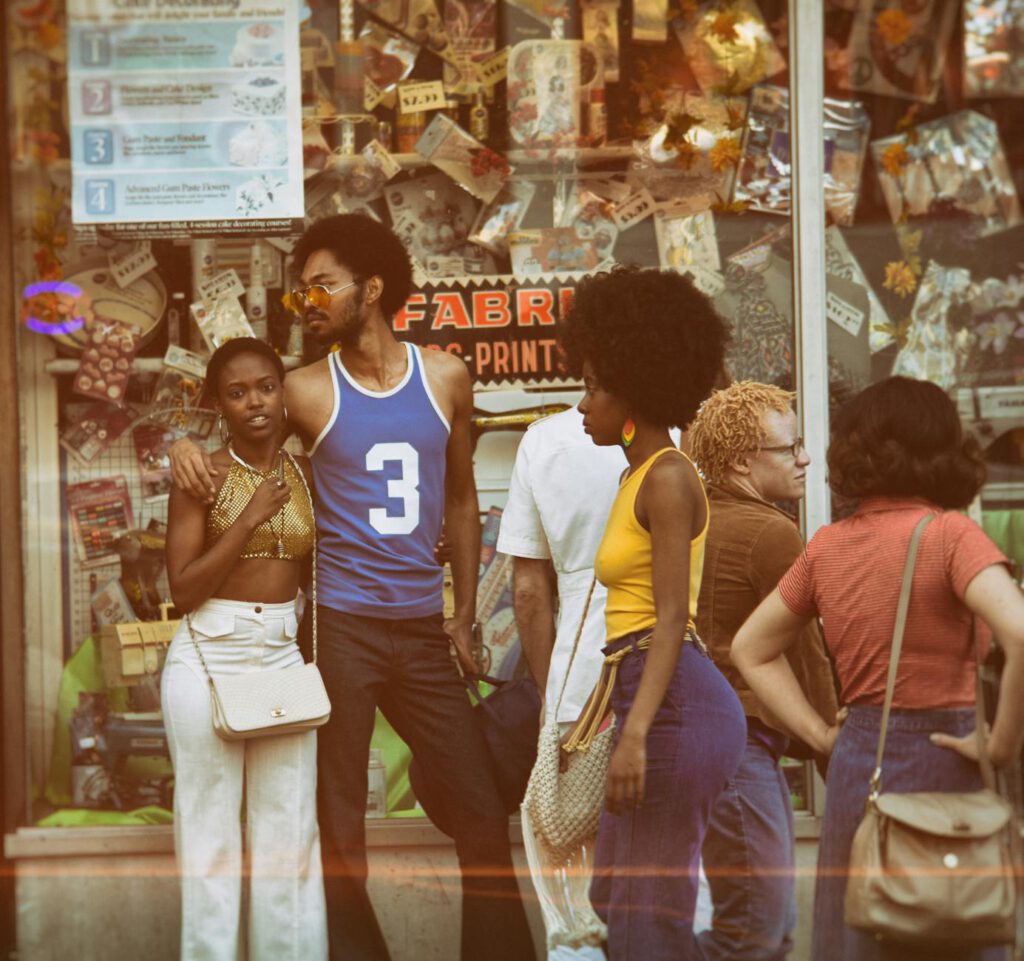Introduction
Nostalgia is a powerful emotion that transports people back to cherished moments from their past. For vintage toy stores, tapping into this sentiment can be a game-changer. Nostalgia marketing leverages emotional connections to drive engagement, loyalty, and sales. By evoking memories of childhood favorites—like action figures, board games, or classic dolls—businesses can create a compelling reason for customers to purchase.
This article explores how nostalgia marketing can boost sales for vintage toy stores, offering actionable strategies, real-world examples, and expert tips to maximize its impact.
The Psychology Behind Nostalgia Marketing
Nostalgia marketing works because it triggers positive emotions linked to the past. Studies show that nostalgia enhances mood, fosters social connectedness, and increases willingness to spend. For adults who grew up in the ’80s, ’90s, or early 2000s, vintage toys represent more than just products—they symbolize joy, comfort, and simpler times.
Why Nostalgia Sells
- Emotional Connection: Consumers associate vintage toys with happy memories, making them more likely to buy.
- Shared Experiences: Nostalgic items often spark conversations, encouraging word-of-mouth marketing.
- Perceived Value: Retro products are seen as unique or collectible, justifying higher price points.
Subtopic 1: Leveraging Pop Culture Trends
One of the most effective ways to capitalize on nostalgia is by aligning with pop culture revivals. Movies, TV shows, and reboots often reignite interest in classic toys.
Example: The Success of “Stranger Things” and Vintage Toys
When Stranger Things debuted, it sparked a resurgence in demand for ’80s toys like Dungeons & Dragons sets, Walkie-Talkies, and Rubik’s Cubes. Vintage toy stores that stocked these items saw a surge in sales.
Actionable Strategy:
– Monitor upcoming reboots or anniversaries of popular franchises.
– Stock related vintage toys ahead of major releases.
– Use social media to highlight connections between current trends and retro products.
Subtopic 2: Creating a Nostalgic Shopping Experience
The in-store or online environment plays a crucial role in nostalgia marketing. By immersing customers in a retro atmosphere, stores can amplify emotional engagement.
Steps to Build a Nostalgic Experience
- Thematic Displays: Arrange toys by decade or use vintage signage to evoke a specific era.
- Music & Ambiance: Play hit songs from the ’80s or ’90s to trigger memories.
- Interactive Elements: Allow customers to demo classic toys, like handheld games or View-Masters.
- Storytelling: Share the history behind certain toys through product descriptions or blog posts.
Subtopic 3: Social Media and User-Generated Content
Social media is a goldmine for nostalgia marketing. Platforms like Instagram and TikTok thrive on visual and emotional content.
Strategies to Boost Engagement
- Throwback Posts: Share photos or videos of iconic toys with captions like, “Who remembers this?”
- Hashtag Campaigns: Use tags like #ThrowbackToys or #90sKid to reach nostalgic audiences.
- Customer Stories: Encourage buyers to share childhood memories with purchased toys.
Example: A vintage toy store could run a contest where customers post their favorite childhood toy with a branded hashtag, offering a discount to participants.
Tools and Resources for Nostalgia Marketing
To execute these strategies effectively, vintage toy stores can leverage the following tools:
- Canva: Design retro-themed ads or social media graphics.
- Google Trends: Identify rising nostalgic search terms.
- eBay & Etsy: Research trending vintage toys to stock.
- Mailchimp: Send nostalgic email campaigns featuring “blast from the past” product highlights.
Frequently Asked Questions
1. How do I identify which nostalgic toys will sell best?
Research trending pop culture revivals, check online marketplaces for high-demand items, and survey your audience about their favorite childhood toys.
2. Can nostalgia marketing work for online-only stores?
Absolutely. Use vintage-themed web design, throwback social media content, and personalized email marketing to evoke nostalgia digitally.
3. How often should I update my nostalgia marketing strategy?
Stay current with pop culture trends and seasonal events (e.g., holiday-themed nostalgia). Refresh your approach quarterly to keep content relevant.
4. Is nostalgia marketing only effective for older generations?
While it resonates strongly with Gen X and Millennials, younger consumers also enjoy retro trends, especially if they’re tied to viral social media challenges.
Conclusion
Nostalgia marketing is a potent tool for vintage toy stores, blending emotional appeal with smart business strategies. By leveraging pop culture trends, creating immersive shopping experiences, and harnessing social media, retailers can turn sentimental value into sales.
The key is authenticity—customers can spot forced nostalgia. Focus on genuine connections, and your store will not only attract buyers but also become a cherished destination for reliving childhood memories. Start integrating these tactics today, and watch your vintage toy business thrive.

